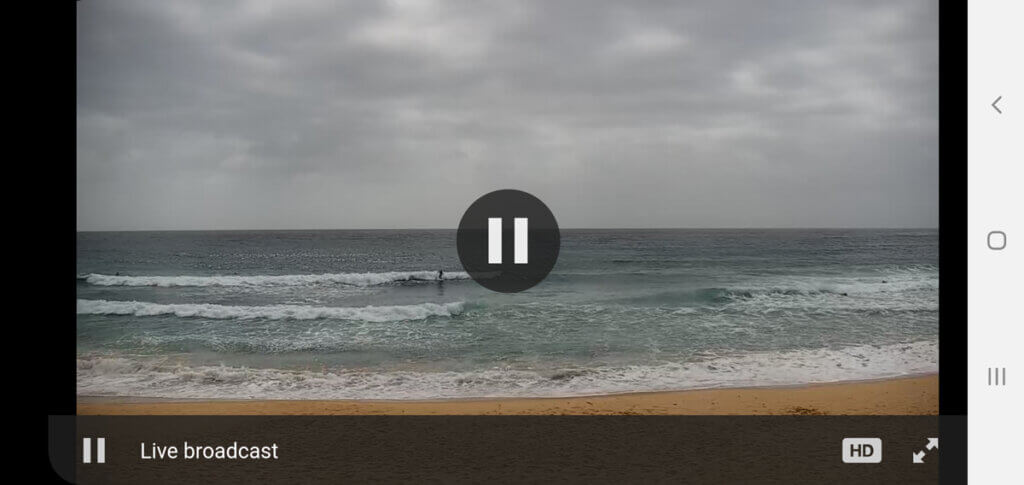What’s the time Mr Rip?

Swimmers: “What’s the time, Mr. Rip?”
Mr. Rip: “12 o’clock.”
Swimmers: “What’s the time, Mr. Rip?”
Mr. Rip: “11 o’clock.”
Swimmers: “What’s the time, Mr. Rip?”
Mr. Rip: “Quarter to 12.”
Swimmers: “What’s the time, Mr. Rip?”
Mr. Rip: “Swim time!”
It’s a take of an old favourite from the schoolyard, but it’s also a great way to remind yourself of the importance of understanding the direction – or ‘time’ – of the rip you’re about to swim out in.
I use the rip ‘time’ as a way to visualise my swim out through a rip to make sure that I’m swimming with the main flow of the rip the whole way out, for maximum benefit.
So, how does it work?
If you’ve ever seen a rip current safety poster, all you’ve ever seen is a rip that runs directly away, or perpendicular, from the beach (this issue is for another time). The ‘time’ of this rip would be 12 o’clock – because it would be like swimming towards 12 on the clock face.
However, not all rips run perpendicular to the beach. In fact, some even change direction as they make their way out through the sandbanks.
If you’re standing at the mouth of a rip, take a look at the direction the rip is flowing, and then give it a time.
Is the rip heading out on a slight angle to the left? It’s 11 o’clock. At 45 degrees to the right? It’s 1.30.
Does the rip start off at 45 degrees to the left, then straighten up? That’s quarter to 12 – you start swimming at 11.45, then finish at 12 o’clock.
To ensure you’re swimming at the right ‘time’ on the way out, as you sight, use the wave line to gauge the angle. If you’re swimming at 12 o’clock, then the wave should be approaching straight on. If you’re swimming at 11 o’clock, the wave line should be approaching slightly out of your right eye, and so on.
If you follow this approach to your rip swimming, you’ll navigate the surf more efficiently and reduce the chance of swimming onto sandbanks and into the surf zone.






Responses